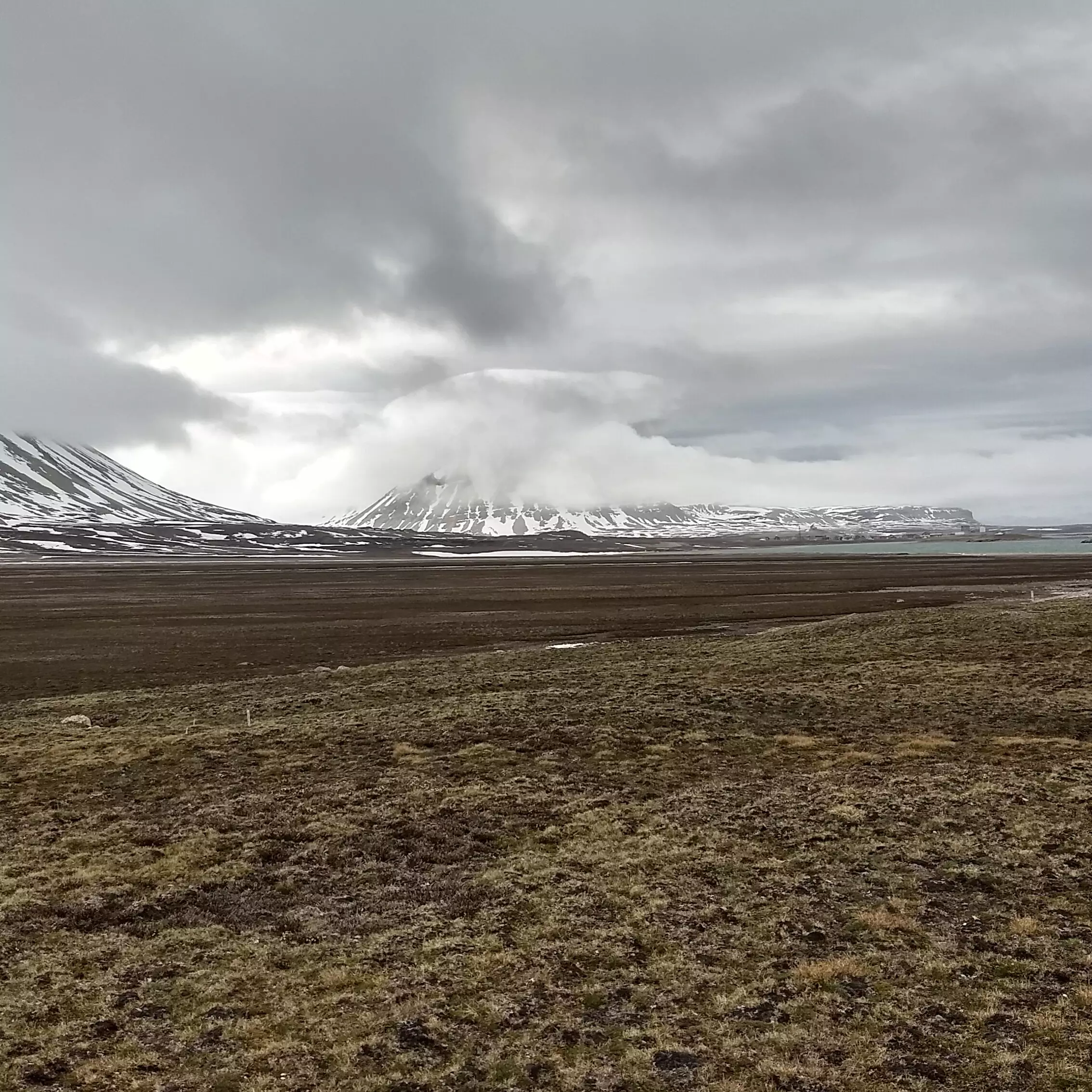In a groundbreaking study, an international team of scientists has uncovered a crucial connection between biological particles and the formation of ice within Arctic clouds. This research, conducted over several years at the Zeppelin Observatory in the remote Norwegian archipelago of Svalbard, sheds new light on the rapidly changing Arctic climate and its implications for climate science. The findings, recently published in Nature Communications, reveal the profound impact of biological particles such as pollen, spores, and bacteria on ice nucleation in the High Arctic.
Lead author and Ph.D. student at Stockholm University, Gabriel Freitas, explains the team’s innovative approach in identifying and quantifying these biological particles. Using a sensitive optical technique that relies on light scattering and UV-induced fluorescence, the researchers meticulously detected these particles in minuscule concentrations. As Freitas describes it, finding these particles was akin to finding a needle in a haystack.
The study delves into the seasonal dynamics of biological particles and establishes correlations with various variables, including snow cover, temperature, and meteorological parameters. By employing multiple methodologies, such as electron microscopy and the detection of specific substances like arabitol and mannitol, the researchers were able to confirm the presence of biological particles in the Arctic air.
Quantifying the ice nucleating particles and understanding their properties posed a significant challenge for the researchers. To tackle this, they employed two distinct methods that involved collecting particles on filters over a week and subjecting them to rigorous laboratory analysis. By immersing the aerosol particles in water droplets at different temperatures, the team could accurately quantify the concentration of ice nucleating particles active in Arctic low-level clouds. Additionally, by subjecting the filters to additional heating, the researchers could identify the proteinaceous component of these particles, shedding light on their potential biological origin.
Associate Professor Paul Zieger from Stockholm University highlights the critical implications of these findings for climate science. Improved understanding of the origin and properties of biological and ice nucleating particles in the Arctic can enhance the representation of aerosol-cloud interactions in climate models. This, in turn, will reduce uncertainties related to anthropogenic radiative forcing estimates. With projections of increased open ocean areas and snow-free tundra in the coming decades, the study’s insights into the relationship between biological particles and clouds promise valuable insights into the ongoing and future transformations occurring in the Arctic.
With this groundbreaking research, the team of scientists has reshaped our understanding of Arctic clouds and their role in climate change. The discovery of the significant impact of biological particles on ice nucleation opens up new possibilities for climate model developers to refine their models and improve predictions of future climate scenarios. By accurately representing aerosol-cloud interactions in these models, researchers can gain critical insights into the complex dynamics occurring in the Arctic region.
As the Arctic undergoes dramatic changes, it is essential to harness every available tool to accurately predict and understand its future. The research presented by the international team provides a crucial step forward in this endeavor. By identifying and quantifying the impact of biological particles on ice nucleation, scientists are better equipped to develop climate models that capture the nuances of Arctic cloud formation. This knowledge aids in reducing uncertainties and improving estimates of anthropogenic radiative forcing, ultimately leading to more accurate climate projections.
The rapid changes happening in the Arctic necessitate a deeper understanding of its complex climate system. This groundbreaking research marks an important milestone in Arctic climate science and offers a glimpse into the future of the region. By incorporating biological particles into the equation, scientists can paint a more comprehensive picture of the ongoing and future transformations in the Arctic. Armed with this knowledge, we can work towards mitigating the effects of climate change and ensure the long-term health and sustainability of this fragile ecosystem.


Leave a Reply